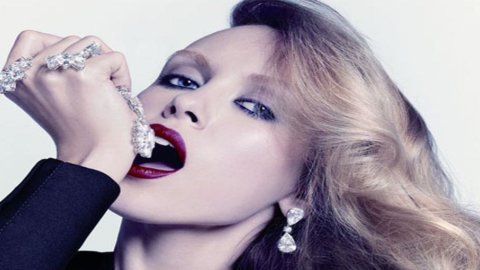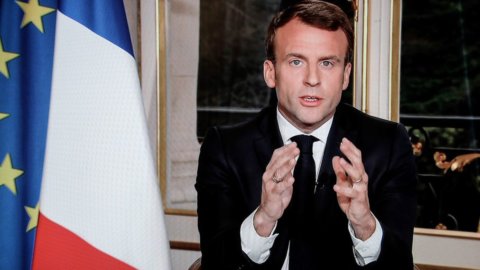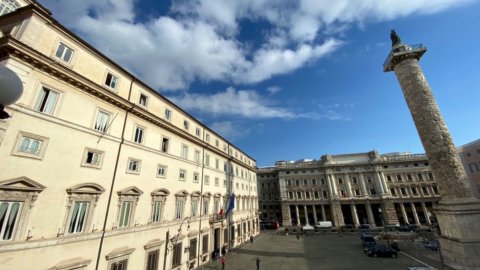“The mistake was not to go there sooner: the Russian consumer is more evolved than one thinks, he seeks quality and loves Made in Italy”. Enough to make Russia, in the words of Guido Damiani, president of the Damiani Group, a handmade jewelery company present in and around Moscow since 2002, the second outlet market for Italian luxury. After the Italian one, in which "Russian tourists, travelers and investors are in any case by far the first buyers: they buy luxury goods in Italy almost five times more than Americans, who are also the first buyers in the sector worldwide".
In Italy, in fact, 29% of non-EU purchases come from Russian customers, ahead of the Chinese and third Americans with 6%, while at the European level the former Soviets still command but with 20% of the market share. So made in Italy is even better than made in the EU, and Damiani therefore fits perfectly into this segment, as explained by the CEO during a conference at Bocconi on commercial relations between Italy and Russia: "Our product is still entirely handcrafted and of high quality: even mass-produced products are still made manually by the master goldsmiths of Valencia, the first jewelery district in the world”. A market, that of jewels, which accompanied by the myth of Made in Italy has everything to break through into an increasingly evolved and mature market, so much so that for Damiani "Russia should no longer even be considered an emerging country".
"Just to give an example - also said the grandson of the founder of the Damiani group - while mimosas are given as gifts here on 8 March, in Moscow on Women's Day it is an increasingly widespread custom to buy luxury goods". A market that you absolutely must not give up, and which does not only mean Moscow and St. Kazakhstan".
Not only Russia, therefore, but a lot of Russia despite some obstacles: "The only problem - explains Damiani - are at the moment the customs duties, too high at 20%, and above all the complexity and length of the administrative procedures". But the consumer is perfectly reliable. After all, in Russia people work and earn (and therefore spend) more and more: the unemployment rate, which has been below 6% for years, reaches 0,6% in Moscow (1,1% in St. Petersburg ), and working hours according to OECD data rose to 1.800 in 2012, with hourly wages now above 5 rubles. But above all, the pool of potential consumers is growing more and more, given that now in Russia the poor are "only" 17,2 million, or 12% of the population: the lowest figure in the last 20 years, while according to some American analysts the so-called middle class has gone from 4% at the fall of the Wall to the current 20%. Enough to give a Damiani jewel on Women's Day.





